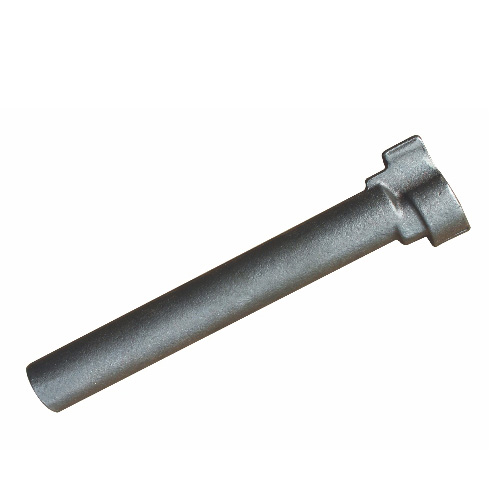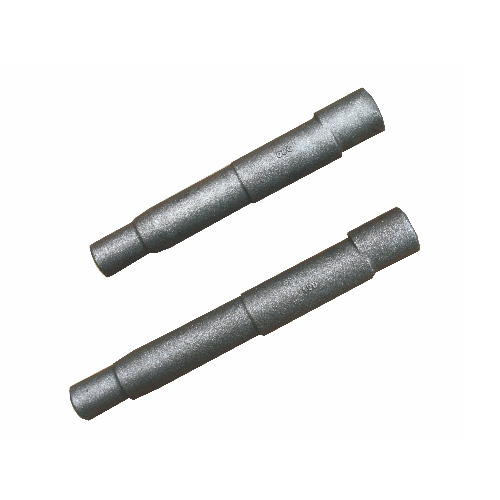Common defects in forging process
2022-05-30
In the process of forging processing, it is necessary to go through forging, rolling, punching, turning, grinding, heat treatment and other processes, and inevitably there will be a variety of defects, the common defects are as follows:
1. Forging folding crack, due to uneven cutting material, hair, flying edge and other reasons easy to form folding crack on the surface, which is characterized by thick crack, irregular shape, easy to appear on the surface of the forging.
2. Overburning forging, material forging heating temperature is too high, holding time is too long will produce overheating, serious grain boundary oxidation or even melting. Microscopic observation shows that not only the grain boundary of the surface layer is oxidized and cracked with sharp angles, but also the grain boundary begins to melt in the areas with serious segregation of the internal components of the metal, and sharp angular caves will be formed in serious cases. Overburned materials are forged in this defect state and subjected to heavy hammer forging, punching and grinding. The defects will further tear and form larger defects. The surface morphology of overburned materials is like orange peel, which is distributed with small cracks and thick oxide peel.
Two, quenching crack
In the quenching process of forging because of the quenching temperature is too high or the cooling speed is too fast, when the internal stress is greater than the fracture strength of the material, there will be quenching crack.
Three, grinding crack
In the grinding process of bearing materials, grinding cracks are easy to occur because of large grinding wheel feed, runout of sand wheel shaft, insufficient cutting fluid supply and pure grinding grain of grinding wheel. In addition, during heat treatment, the quenching temperature is too high, resulting in overheating of the parts, coarse grains, more residual austenite volume, mesh and coarse particles.
4. Defects of raw materials
Defects of raw materials include material cracks, shrinkage residual, white spots, decarburization, inclusions, microscopic pores, plate delamination, etc. Common such as flaw detection material cracks, material cracks along the rolling direction of steel distribution, some single, more than a few, most of the surface cracks formed when rolling.


X
We use cookies to offer you a better browsing experience, analyze site traffic and personalize content. By using this site, you agree to our use of cookies.
Privacy Policy



